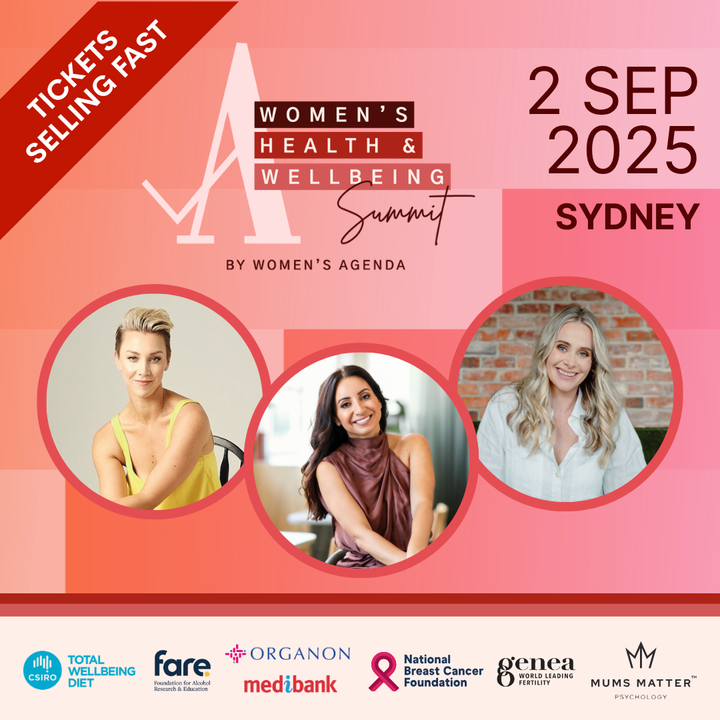Australian women are being short-changed.
Whether it is funding to address the national crisis in gendered violence or to alleviate the burden of cost of living, women do not receive a fair share of public funds.
Gender Lens Australia’s recent review of Federal, State and Territory budgets for its first Gender Budget Watch report, found that women’s share of government budgets is languishing well below what is needed to lift many out of entrenched poverty and gender inequity.
At a Federal level, only 3.2 per cent of total service output and asset expenditure is targeted to women. In Victoria, where a gender equality strategy and gender responsive budgeting has been in place since 2017, it is higher at 11 per cent.

Low and inconsistent levels of investment in women’s projects and programs is why intractable gendered problems, such as men’s violence towards women, continue to plague the community. While we have been prepared to invest billions into transport safety and workplace safety to prevent injury and death on our roads and in our workplaces, the same kind of permanent, enduring and dedicated investment to gendered violence prevention remains elusive.
Women are already missing out in the Australian economy due to insecure work, lower paid jobs and under investment in their superannuation, their businesses and their startups.
While governments are doing their best to steer economic policy to be more inclusive of women, there seems to be a long way to go to convince the Treasury hard-heads of gender budget equality.
With a National Gender Equality Strategy making women’s economic security a key priority and Victoria doing the same in its updated gender plan, Our Equal State, it’s time for Treasuries to give women’s policy and programming across all departments it’s fair share. Artificial budget limits on women’s policy and programming – a form of financial abuse at a Treasury level – have no place in Australia’s future financial landscape.
The boost to women’s superannuation during Paid Parental Leave was a good start by Minister for Finance and Women Katy Gallagher, but its only one of the reforms recommended by the Sam Mostyn chaired Women’s Economic Equality Taskforce (WEET).
The WEET recognised that government budgets are not (and never have been) gender neutral. Skewed for too long towards over capitalising male dominated industry, male share-holders, men’s small business and trades and the risky innovations of blokey entrepreneurs, the WEET called for gender responsive policy and budgeting to be applied to service delivery, asset and service procurement as well as the tax and social security systems.
These and other interventions have been projected to deliver $128 billion to the Australian economy.
What government spends money on has deeply gendered implications.
Take, for example, the $20 million transport infrastructure project taking place in a suburb around the corner from us, just one of many across Victoria. It’s an 18-month project to replace a perfectly decent round-about with traffic lights. Tradies heading into the CBD love it. The local community (ie. women and children) not so much.
As we drive through the building site, we see men surveyors, men on tools, men driving the trucks, the lorries and the forklifts. The only women – two of them to be precise – hold road traffic control signs. Over 90 per cent of hip-pocket beneficiaries from this $360,000 a month government project are men.
(And don’t get us started on the lack of a gendered lens on the project itself which will place the bus stop further away from the shopping centre in a less well-lit and accessible area.)
The major Australian construction company that is profiting from its partnership with government is dominated by men too.
The advisory board – all men.
The senior leadership – all men.
The only woman in an executive leadership team of eight people is the HR officer. That’s right. A woman is doing the presumed “touchy-feely” stuff of People and Culture. And very likely receiving far less pay than her male senior executive counterparts.
This is not an educated guess. Thanks to the Workplace Gender Equality Agency’s Employer Gender Gap Report, we can see that the company has an 8.3 per cent total remuneration salary gap and absolutely no strategy to address the problem. With an 88 per cent male dominated workforce, no doubt they don’t see the problem. Their bias is unconscious.
As we wait in long queues of traffic for road repairs that seem unnecessary, we’ve been daydreaming about what the same kind of investment would have delivered to women’s services, women’s business and to women and their children in the community around us.
We imagine:
- A big boost to local sexual assault and family violence services at a time when women are dying, raped and abused in escalating numbers.
- Women’s micro-business and startup support. So many women working out of garages and spare rooms because small business incentives aren’t tailored to their needs.
- Or quadruple the amount of money allocated to women’s policy in the last budget which allocated just $0.1 million to women’s economic security over the whole four years.
We need a gender lens on all government budgets, spending and procurement.
Our Gender Budget Watch makes it clear that there is a vast need for improvement in budgetary allocations for gender equality and violence prevention across the entire country.
If we want things to change for Australian women – to reduce gendered violence and increase women’s economic security – we have to start by addressing long-term budget inequality.
Tanja Kovac and Dr Maree Overall are Co-founders and co-CEOs of Gender Lens Australia. Gender Lens Australia has a FREE webinar on the gendered impacts of National and State Budgets on 22 May 2024. Registrations at www.genderlensaustralia.com.au


